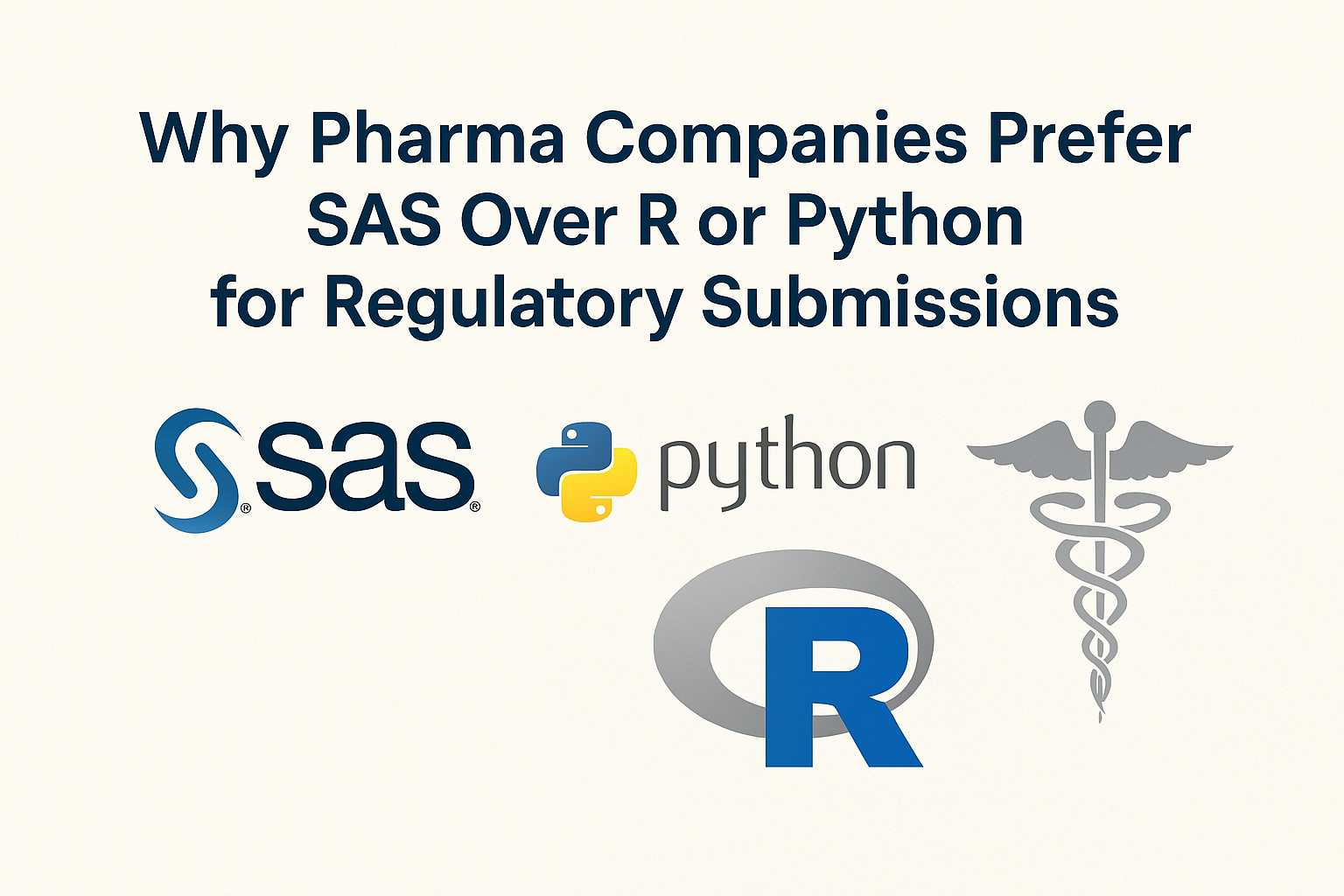
- by Handson
- May 17, 2024
Data Science "Pay After Placement"
Unmasking the Allure of "Pay After Placement" Data Science Courses
The world of Data Science beckons with lucrative salaries and exciting career prospects. "Pay After Placement" (PAP) programs seem like the perfect gateway, eliminating upfront costs. But before you dive in, let's peel back the layers and see if the reality matches the promise.
The Red Flags of PAP Programs:
- Hidden Costs: Beware of hefty placement fees that kick in after landing a job. These fees can significantly inflate the overall program cost.
- Focus on Placement, Not Learning: The emphasis might shift towards securing any data science job, not necessarily on in-depth learning and building a strong foundation. This can leave you unprepared for the demands of the field.
- Predatory Practices: Fake placement guarantees are a red flag. Reputable institutions focus on equipping you with skills, not empty promises. [Include a bracketed note here mentioning some institutes known for such practices, without naming them directly. Ex: (Be wary of institutes with a history of exaggerated placement claims)]
- Debt Burden if Unsuccessful: If you don't land a job within the stipulated timeframe, you could be saddled with significant debt.
Exploring Alternatives to PAP Programs:
- Self-paced Learning: Numerous online resources like Coursera, edX, and Udacity offer data science courses with flexible payment options. These platforms allow you to learn at your own pace and build a strong foundation.
- Bootcamps with Upfront Fees: While requiring upfront investment, reputable bootcamps often offer strong curriculums, career support, and potential job placement assistance. Carefully research bootcamps to ensure they have a proven track record.
- University Programs: Consider traditional data science degrees or certificates that provide a comprehensive foundation and potentially qualify you for scholarships or financial aid.
Before You Enroll: Essential Questions to Ask
- Placement Rate and Average Salary: Research the program's true placement rate (not just any job) and the average starting salary for their alumni. Don't be fooled by inflated figures.
- Curriculum Depth: Compare the curriculum with industry standards. Does it cover essential data science tools and techniques, or is it light on content?
- Hidden Fees and Payment Structure: Ensure you understand all associated costs and repayment terms before enrolling. Don't be pressured into signing contracts without complete transparency.
Conclusion:
"Pay After Placement" programs can be a gamble. Explore alternative options, research programs thoroughly, and prioritize your learning experience. Remember, a strong foundation in data science knowledge and skills is vital for long-term career success, not just landing an initial position. Choose a program that equips you to thrive in this dynamic field.
By understanding the potential downsides of PAP programs and exploring other options, you can make an informed decision about your Data Science education.






